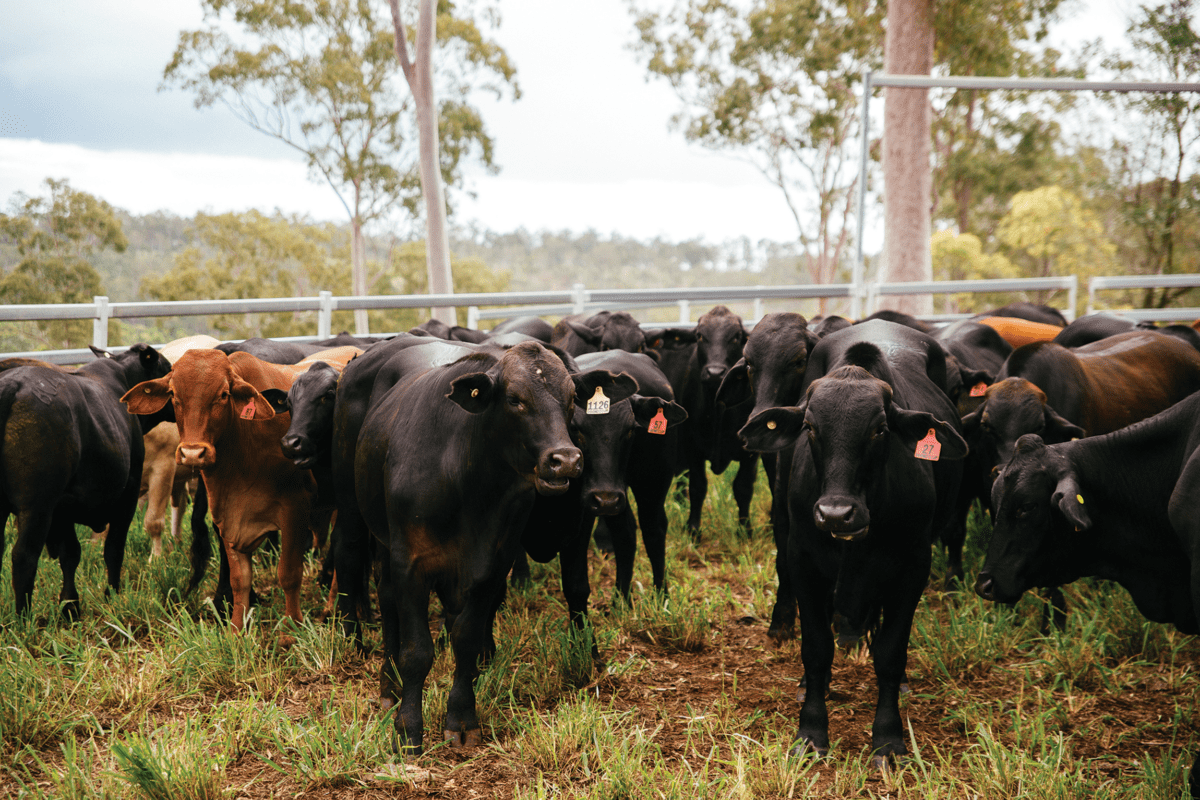The Australian Carbon Farming Industry Roadmap identifies a clear path forward for both government and the private sector to work together, addressing opportunities and challenges for the industry’s growth out to 2030.
Australia’s carbon farming industry is well positioned to make a significant contribution to our national emissions reduction challenge. This rapidly evolving industry has the potential to deliver important environmental outcomes, help to increase agricultural productivity, and open up new markets – generating important new job and revenue opportunities for rural and regional Australia.





![P28 – [PILLAR 1 RIGHT SMALL IMAGE] CO2 Australia](https://carbonmarketinstitute.org/app/uploads/2021/06/P28-PILLAR-1-RIGHT-SMALL-IMAGE-CO2-Australia.jpg)




